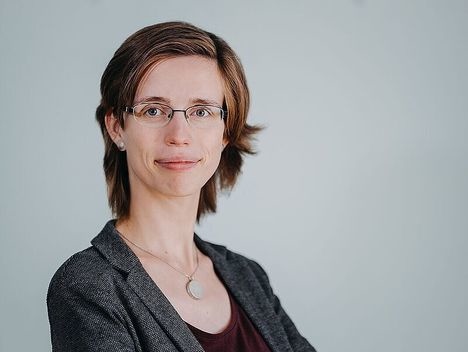Wer isst wen in wiedervernässten Mooren?
Public evening lecture by Dr. Tjorven Hinzke (University of Greifswald)
Rewetted moors are novel ecosystems: New plant communities develop and new processes become established in the soil. At the same time, rewetted moors are once again important carbon and water reservoirs, valuable habitats and agriculturally usable areas. Processes on a very small scale are central to what happens in a rewetted moor: plants fix carbon dioxide through photosynthesis, with the help of microorganisms. Dead plant material is decomposed by microorganisms - or not, or at least not completely, when a bog is wet again: the renewed high water content leads to the exclusion of oxygen, which many microorganisms cannot cope with. But the lack of oxygen then allows microorganisms to grow for which oxygen is toxic and which form other end products in their digestion. We are investigating these processes, how they are connected and what they mean for our rewetted peatlands in the joint project WETSCAPES2.0.
During her doctoral thesis on interactions between worm hosts and bacterial symbionts in a deep-sea symbiosis, which she completed in 2020, Tjorven Hinzke worked at the Universities of Greifswald and Calgary, Canada. During this time and in her subsequent postdoc, she worked on plant ecology in peatlands, microbial communities in wastewater and - more recently - on penguin mummies. Tjorven Hinzke's junior research group, which has been in existence since 2024, aims to understand the effects of the interactions of microorganisms with plants and environmental conditions - on the plants as well as on processes in the ecosystem.



